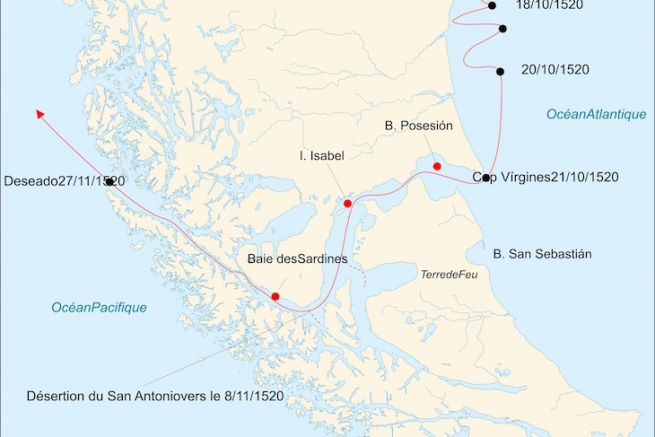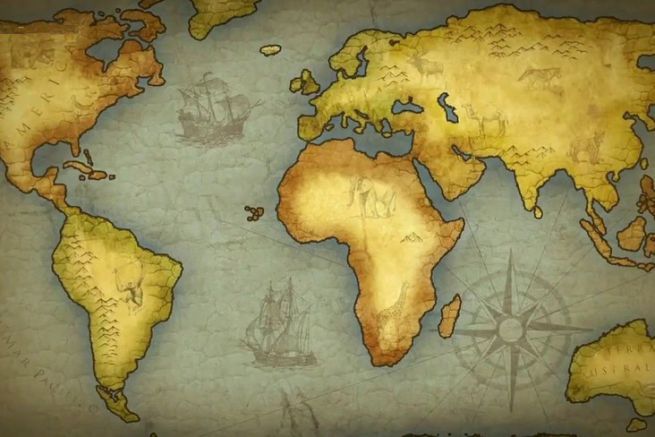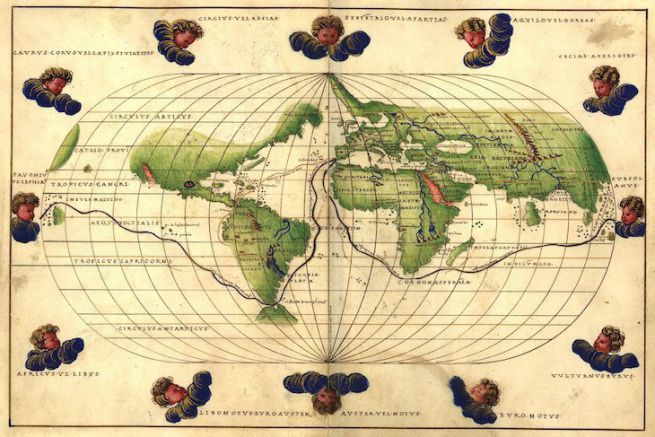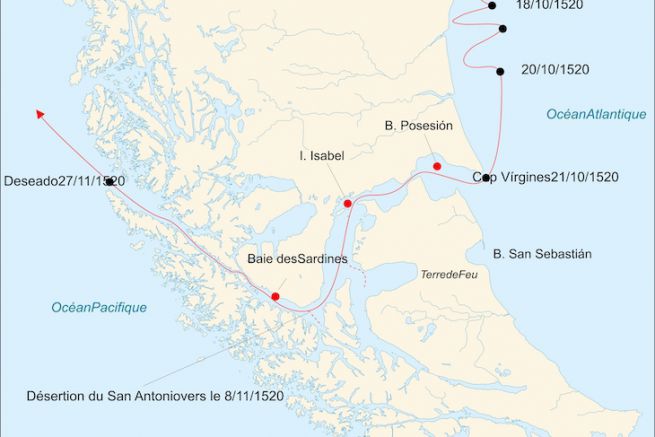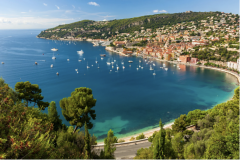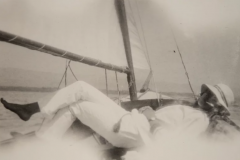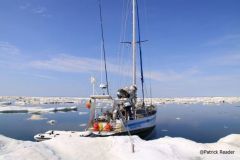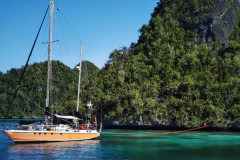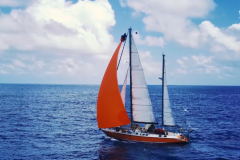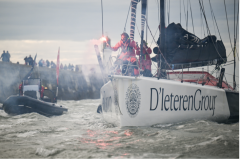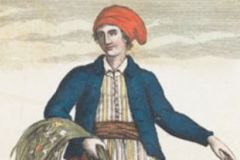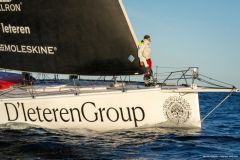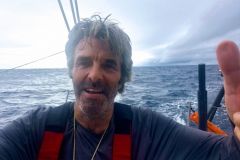"There is a passage leading from the Atlantic Ocean to the Indian Ocean. I know him, I know exactly where he is. Give me a fleet and I'll name it for you and I'll go around the world from east to west."
This was Magellan's statement. Unlike others, it does not make an assumption, but a statement. But how did he know the location of this passage when no one had it yet trouvé?? And neither he nor Faleiro had ever approached the American coast. So if he's so sure of the existence of this inlet, it's because he learned it from someone. He would therefore have no merit in having "discovered" the strait that now bears his name.
According to the writings of Pigafetta - who took part in Magellan's expedition and reported on his world tour - the navigator learned of the existence of this passage on a map by the famous cosmographer Martin Benhaim, a cartographer at the court of the King of Portugal until his death in 1507. Magellan, who had access to the secret archives, was therefore able to discover this card.
But Benhaim, the cartographer, had also not taken part in any expedition. So how was he at courant?? Records show that at the beginning of the century, Portuguese expeditions explored the coasts of Brazil and possibly even Argentina. So only they could have seen this passage.
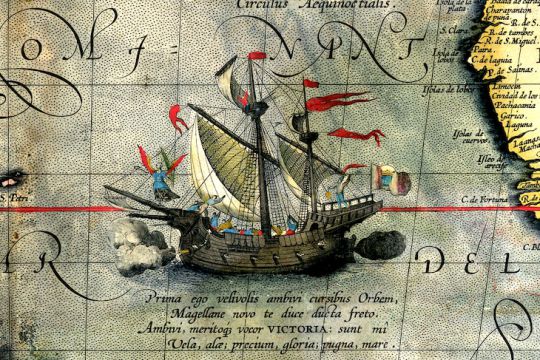
Another element strengthened the existence of the strait. Johann Schoener's globe - which still exists today - mentions - as early as 1515, long before Magellan's journey - a passage to the South. Even if this passage is located in the wrong place, a second scientist therefore refers to access to the land. But we still don't know how Benhaim and then Schoener discovered its existence.
It must be said that at that time, each nation jealously watches over the results of organized expeditions and keeps them secret.
But finally an unexpected discovery showed where the two cartographers and Magellan got their discovery from. To understand this discovery, refer to a German leaflet written by a commission agent based in Portugal at a trading house in Augsburg.
In it, he explains that a Portuguese ship discovered a passage at 40 degrees latitude that opened from east to west, as large as the Strait of Gibraltar, and led to other seas. We would thus easily wait for the Moluccas, an island of spices that makes you dream so much. An opinion that stated that a passage linked the Atlantic and Indian oceans.
Thus, it explained how Magellan had uncovered a well-kept secret. But today, we know - unlike Magellan who never had the idea - that these sailors were wrong. Continuing the report, it was reported that the sailors had entered the Gulf, but after two days, a violent storm had pushed them back. So they just assumed that this was the famous passage they were looking for.
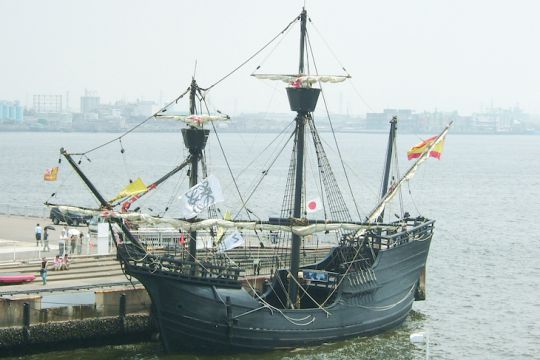
Except that in the fortieth degree it is not the Strait of Magellan that opens, but the mouth of the Rio de la Plata. This immense river that opened in front of them and of which he had never seen similar ones in Europe could easily pass for a sea. They had therefore confused the strait and the river, which would later be confirmed by the maps drawn according to their indications.
Because the strait was located well below the Rio de la Plata, at the fifty-second degree of latitude. Magellan was therefore developing his circumnavigation on the basis of an error.
That is Magellan's great secret. But after all, the explorer could never have been entrusted with a fleet of such importance and convinced a kingdom to follow him if he had not believed these distorted maps and reports.
Source: Magellan, Stefan Zweig
